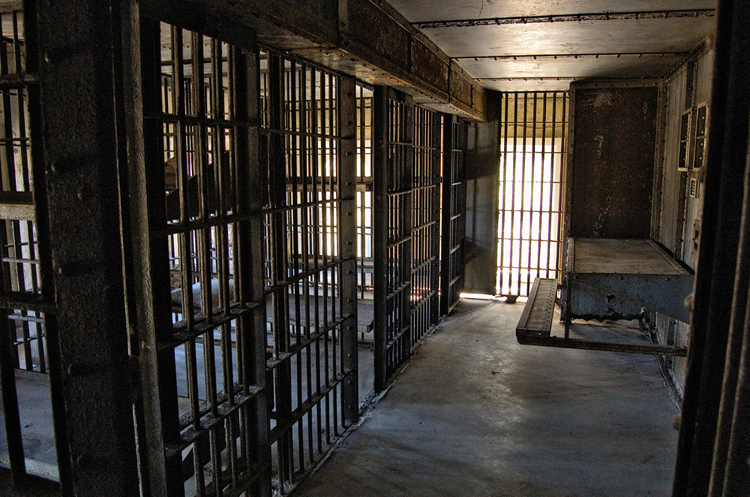'Prisons Are Often Horrible Places': How can Death in Custody Reporting Act be better enforced?

Image from Shutterstock.
The House of Delegates addressed the national “deaths in custody crisis” during the ABA Midyear Meeting in Louisville, Kentucky, on Monday.
Resolution 506 urges all jurisdictions to adhere to the Death in Custody Reporting Act, a law initially enacted in 2000 that requires the U.S. Department of Justice to collect data on the death of every person who is under arrest; en route to a correctional facility; or incarcerated in a jail, state prison or other local, state or federal penal institution.
Despite the law, the report accompanying the resolution says data on these deaths has been largely incomplete, inaccurate and unreliable. It adds that this “creates opportunities for bias, undue influence from police and correctional institutions and misclassifications during death investigations conducted by medical examiner-coroners.”
A study published in August by the UCLA BioCritical Studies Lab, which is cited in the report, examined 180 deaths in 10 city and county detention centers in Maryland between 2008 and 2019. Of these deaths, the majority involved Black men. More than 80% occurred while the person was awaiting trial, and in almost half of the studied cases, death occurred within the person’s first 10 days in jail.
“Many people believe that death in custody often is only understood as people who are in prison and convicted of a crime,” said Juan Thomas, the immediate past chair of the Section of Civil Rights and Social Justice, which submitted the resolution. “That is not the case. Death in custody occurs when a death occurs at any point of contact: pursuit, arrest or confinement of an individual.
“Recent publicity about individuals dying while in custody of law enforcement raises questions of how many such deaths occur and what causes these deaths,” he added. “Unfortunately, there is no single source of complete national data on such deaths.”
Follow along with the ABA Journal’s coverage of the 2024 ABA Midyear Meeting here.
The House overwhelmingly adopted Resolution 506. It additionally urges:
• The Department of Justice to ensure all correctional departments and law enforcement agencies are submitting quarterly reports to appropriate state agencies and that those agencies are in turn submitting the reports to the DOJ’s Bureau of Justice Assistance.
• The Centers for Disease Control and Prevention and Department of Justice to include on the standard death certificate a box to check when a person has died in a correctional institution or in law enforcement custody.
• All jurisdictions to require independent investigations into the cause of any death in a correctional institution or in law enforcement custody.
Several other ABA entities—the Criminal Justice Section, the Coalition on Racial and Ethnic Justice and the Commission on Disability Rights, among others—supported the resolution.
Stephen Saltzburg, a Criminal Justice Section delegate to the House, also spoke in favor of Resolution 506. He explained the issue is personal for him, as he represents the family of a 27-year-old African American man who was murdered in jail while awaiting trial.
“I know you know that our jails and prisons are often horrible places,” Saltzburg said. “This resolution isn’t going to fix that. This resolution isn’t going to make people safe in every jail and prison. But people do have a right to get to their trial alive, to have courts judge them and not other inmates who are able to exercise, essentially, capital punishment.”
“It’s time for all these jurisdictions to step up to the plate and do what they ought to have been doing for years,” he added. “Give us the data, and then we can use that data to try to make these institutions more hospitable, safer and more in line with what we think American institutions should be.”
See also:
“ABA provides 10 principles for ending mass incarceration and lengthy prison sentences”
Write a letter to the editor, share a story tip or update, or report an error.



